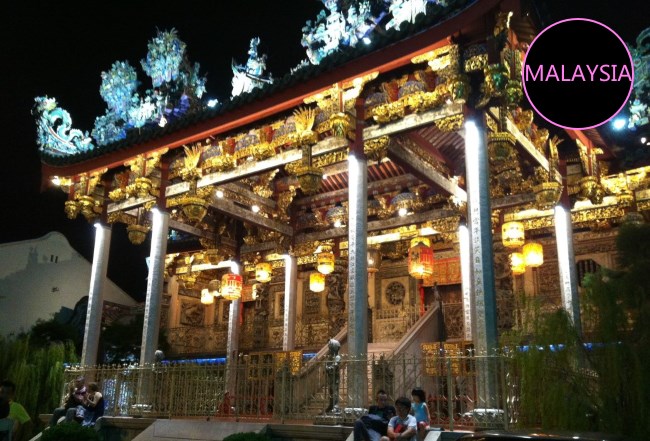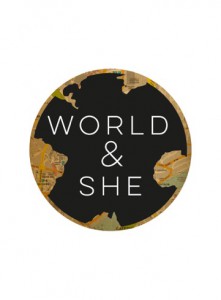George Town and Its Ghosts

George Town is a place with ghosts.
For our four-day stay that turned into a week we rented a room in a hundred year old shophouse in the heritage district. Once providing shelter for, reputedly, over seventy immigrant workers at once, the shophouse now provided shelter for the two of us and our Chinese-Malay-Brunei AirBnB host. More on him later.

‘Aye, this is a nice spot. I’ll take it!’ thought Captain Francis Light of the East India Trading Company, approaching the swampy piece of land on the coast of Penang way back in 1786. The Captain immediately set about building himself a nice tax-free trading port he named George Town after King George III, attracting settlers from all over the world with a promise of prosperity and a patch of a shophouse floor.
Difference is the common factor here in Georgetown. From the indigenous Malay population to the Portugese, the Dutch, the British and countless immigrants from China, India, the Middle East, Europe and all over South East Asia, George Town’s residents are a complex bunch.
If I had to guess, I would have said the man we’re staying with is Japanese or maybe Korean, but he’s not, he’s from Brunei. His mother is from Southern China and his father is Sumatran Malaysian. His mother’s first language is Hokkien Chinese, his father’s is Bahasa Malay and his is English. His brother went to a Chinese school so his first language is Mandarin. His lovely girlfriend is Malaysian by nationality but Indian by ethnicity and her first language is Tamil. A conversation around the dinner table involves switiching between many languages but English is the only common tongue. Amidst all this linguistic flexibilty our Geordie accents are, apparently, quite difficult to understand.

In 2008, George Town was granted UNESCO World heritage status for its ‘outstanding living culture’. I’m not totally sure what that means but I think it has something do with being perched on a stool at the side of the road eating Wan Tan Mee from a street vendor whose bicycle powered mobile stall is the same one his father used fifty years ago. Or passing by a run-down looking shophouse to see an old man, sitting on the floor without any power tools or safety gloves, not even wearing a shirt in fact, making rattan furniture by hand. From our mattress on the floor of our own shophouse, for the next week anyway, we listen to the prayers from the local mosque and the Chinese music from the restaurant kitchen next door battle it out from 4am.
Like our current home, many of the magnificent buildings erected as shops, homes and workplaces for the influx of new George Townians in the late 18th and early 19th centuries have been lovingly restored and converted into cafes and restaurants but some are ramshackle, still housing an old shop or dying trade. Right now, George Town seems to have the perfect ratio of traditional to modern. You can buy your local Hainanese chicken rice in one cafe then pay double for your Italian cappucino in another.
The UNESCO status and the influx of tourism it invariably generates is a precarious blessing. Living culture is sand through the hourglass that can’t be preserved for public consumption. In the very act of acknowledging it, of capturing it with your gaze, you’re complicit in its decline. Yet despite the ‘street art trail’ and the souvenir-heavy night markets, George Town still feels real.
The streets still belong to the early settlers, their fingerprints lingering on the cement of the houses they built and their stories still told in the voices of their descendents. The current settlers are just passing through. For all its life and colour and culture-clash, George Town feels haunted and for that, I really love the place.
